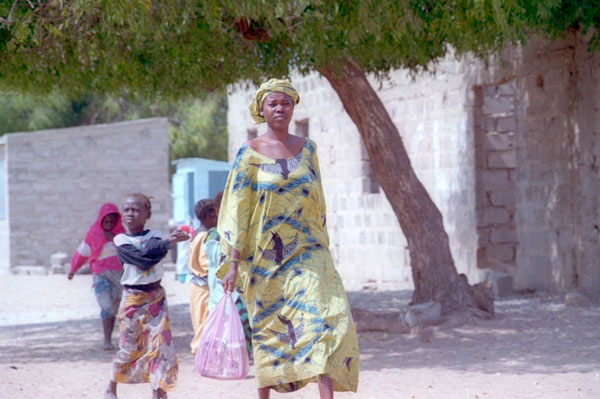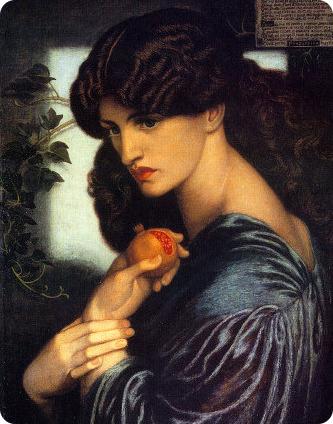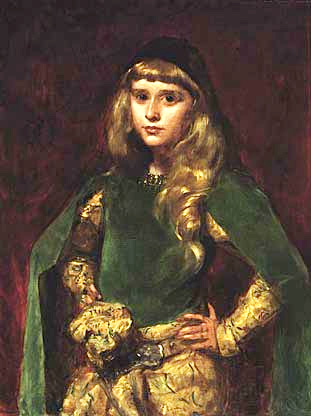Often it just takes a memory, a picture or in this case, a great yarn deal, to trigger a creative rush.
It had started with knitting ponchos, in a variety of textures and colors, and I wanted to add even more of an artisan feel to them in the future. Basically I was captured by my former fascination of anything Bohemian when I was in my teens.
I never shied away from ruffles as long as I could pair them with old levi's and I valued my hand knitted sweater. Up to this day I love long flowing skirts and I don't worry about any pattern being too wild.
My little research brought me to wikipedia as usual, and while boho chic is attributed to some young 2000'ish movie stars and starlettes, I found some more intriguing figures from the past when Bohemian was introduced and associated with the lifestyle
"Bohemianism is the practice of an unconventional lifestyle, often in the company of like-minded people, involving musical, artistic or literary pursuits, with few permanent ties. Bohemians can be wanderers, adventurers, or vagabonds.
The term bohemian, of French origin, was first used in the English language in the nineteenth century[1] to describe the non-traditional lifestyles of marginalised and impoverished artists, writers, journalists, musicians, and actors in major European cities. Bohemians were associated with unorthodox or anti-establishment political or social viewpoints, which were often expressed through free love, frugality, and/or voluntary poverty.
The term emerged in France in the early 19th century when artists and creators began to concentrate in the lower-rent, lower class gypsy neighborhoods. The termbohémien was a common term for the Romani people of France, who had reached Western Europe via Bohemia.[2]"
"The Bombshell Manual of Style author, Laren Stover, breaks down the Bohemian into five distinct mind-sets/styles in Bohemian Manifesto: a Field Guide to Living on the Edge. The Bohemian is "not easily classified like species of birds," writes Stover, noting that there are crossovers and hybrids. The five types are:
- Nouveau: bohemians with money who attempt to join traditional bohemianism with contemporary culture
- Gypsy: drifters, neo-hippies, and others with nostalgia for previous, romanticized eras
- Beat: also drifters, but non-materialist and art-focused
- Zen: "post-beat," focus on spirituality rather than art
- Dandy: no money, but try to appear as if they have it by expensive or rare items - such as brands of alcohol[15]"
I particularly love the Dorelia Look:
The "Dorelia" look
Among female Bohemians in the early 20th century, the "gypsy look" was a recurring theme, popularised by, among others, Dorothy "Dorelia" McNeill (1881-1969), muse, lover and second wife of the painter Augustus John (1878-1961), whose full skirts and bright colours gave rise to the so-called "Dorelia look" [15]. Katherine Everett, née Olive, a former student of the Slade School of Art in London, has described McNeil's "tight fitting, hand-sewn, canary coloured bodice above a dark gathered flowing skirt, and her hair very black and gleaming, emphasiz[ing] the long silver earrings which were her only adornment"

Karlovy Vary Czech Republik, heart of Bohemia
(I visited in 1992 when the former Czechoslovakia opened its borders to visitors. A breathtaking historic town)
Here is one of my interpretations, listed on Etsy:

Historical roots of "boho-chic"


Contemporary Dashikis/Kaftans


The west integrates all styles and fiber arts into a medley of garments called "boho-chic"

I
There are 1000s of high fashion examples featuring ruffly, bright, mundane and victorian style crochet garments and accessories.








No comments:
Post a Comment